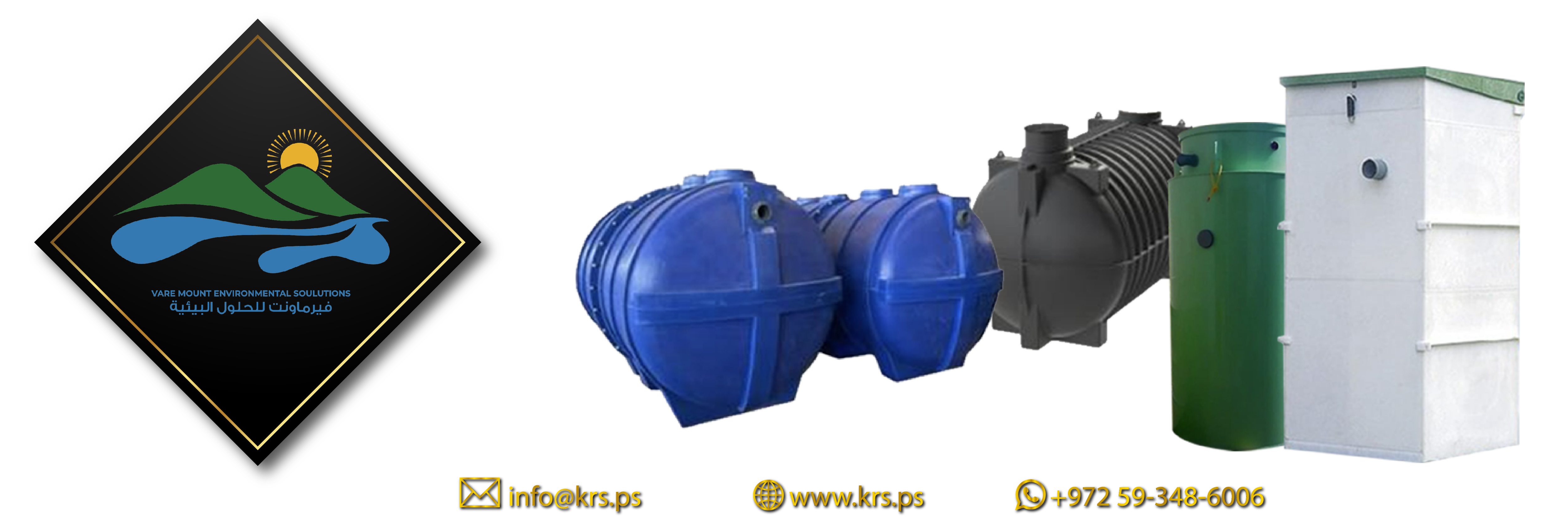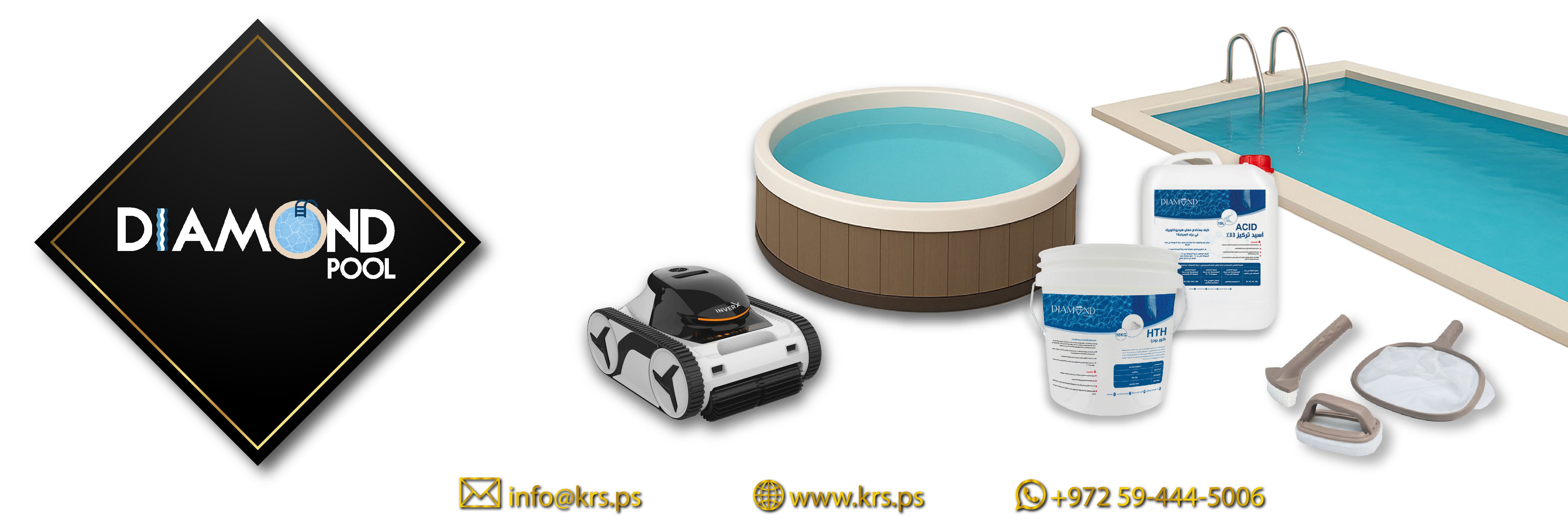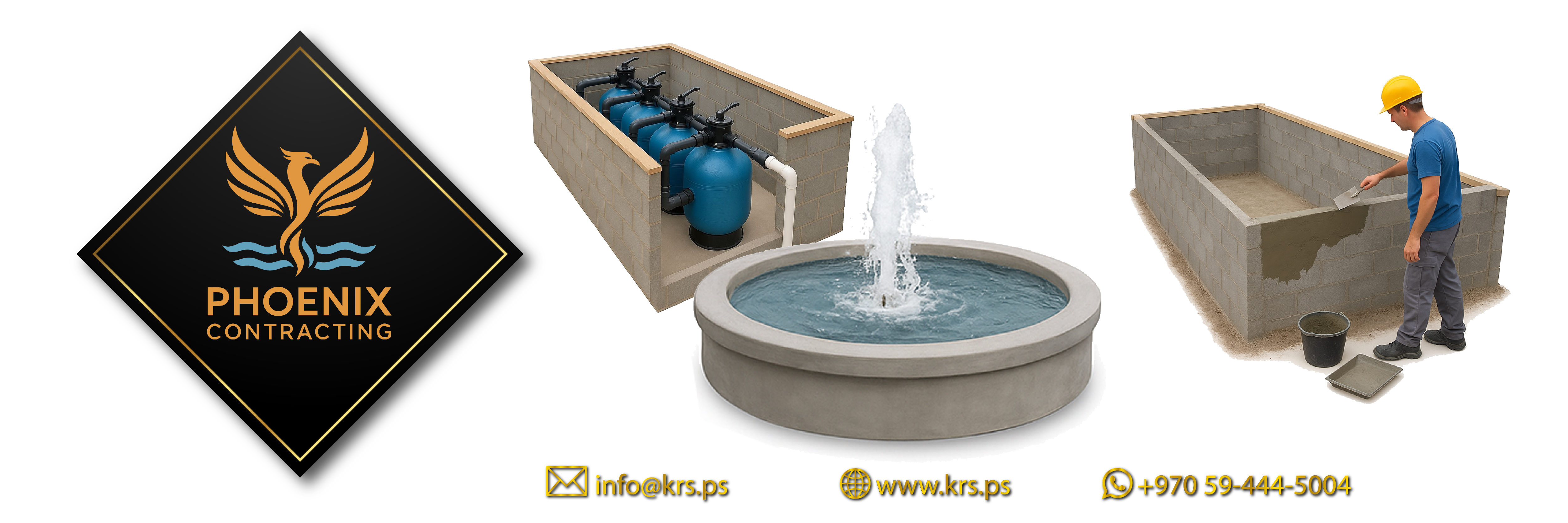
Vare Mount Environmental Sloutions
Concept of Domestic Wastewater Treatment Plant
The plant is designed to treat polluted wastewater generated from residential homes and occupied buildings, serving as an environmentally friendly alternative to cesspools or soak pits. It is made of reinforced polypropylene plastic panels and can be installed in family homes, vacation houses, resorts, hotels, offices, and commercial establishments.
Components of the Treatment Plant
The plant is designed to treat polluted wastewater generated from residential homes and occupied buildings, serving as an environmentally friendly alternative to cesspools or soak pits. It is made of reinforced polypropylene plastic panels and can be installed in family homes, vacation houses, resorts, hotels, offices, and commercial establishments.
Components of the Treatment Plant
- Wastewater collection tank.
- Treatment tank.
- Sedimentation tank.
- Control panel box.
- Air pump to provide suitable conditions for bacterial life.
- Treated water discharge arm.
Advantages of the Domestic Wastewater Treatment Plant
- Environmentally friendly and an ideal alternative to cesspools or soak pits.
- Energy-efficient, consuming only 3 kWh per day.
- Fully automated with a smart monitoring system accessible via smart devices.
- Produces clean water that can be stored and used for irrigation.
- Easy to install and operate.
- No unpleasant odors emitted.
- Clean and safe to use.
Operating Principle of the Plant
The plant operates based on the principle of biological treatment by activating the bacteria present in the wastewater. This is achieved by supplying the necessary oxygen for their growth and reproduction in the aeration tank within the treatment unit. The bacteria digest organic matter, reduce solid waste, and separate it from the wastewater, converting it into a sedimentable substance in the sedimentation tank.
Installation Procedure of the Plant
The plant operates based on the principle of biological treatment by activating the bacteria present in the wastewater. This is achieved by supplying the necessary oxygen for their growth and reproduction in the aeration tank within the treatment unit. The bacteria digest organic matter, reduce solid waste, and separate it from the wastewater, converting it into a sedimentable substance in the sedimentation tank.
Installation Procedure of the Plant
- The base is prepared by excavating the ground according to the appropriate dimensions for the plant's size. The bottom of the pit is then layered with gravel and sand, or a concrete base at least 15 cm thick is poured. It's essential to ensure that the foundation is well-supported and stable before placing the plant.
- The plant is positioned using a crane, making sure the base is free of stones or debris during installation. Once in place, a spirit level is used on the plant’s cover to ensure it is level.
- After connecting the inlet and outlet pipes, the plant is filled with water up to a height of 1 meter. Then, the sides of the plant are backfilled with the previously excavated soil, ensuring it is free from large rocks that could scratch or damage the exterior of the plant.
Treated Water Disposal
The treated water can be discharged into groundwater or surface water, or stored and reused for irrigation and other outdoor purposes.
The treated water can be discharged into groundwater or surface water, or stored and reused for irrigation and other outdoor purposes.

